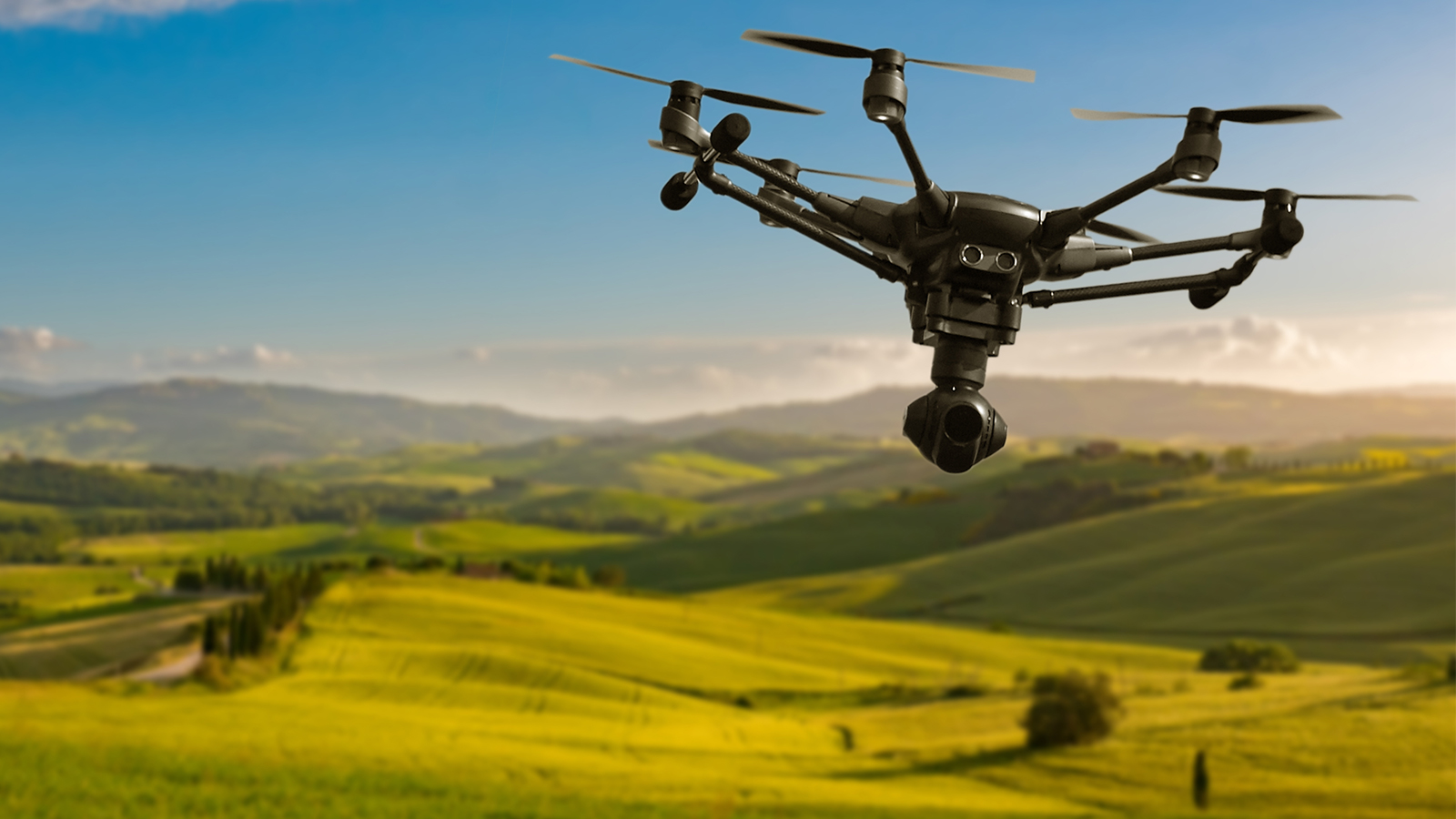Real estate drone photography
Drones have been around for a long, long time. In fact, Unmanned Aerial Vehicles (UAVs) were solely used for military purposes for centuries. The earliest recorded use of a UAV dates back to 1849 when the Austrians attacked the Italian city of Venice using unmanned balloons that were loaded with explosives.
Interest in creating drones for public recreational and professional use began around 2005, led by businesses like DJI, Parrot, and Yuneec International. This investment into drone technologies paved a frenzied path of interest by consumers and businesses, culminating into a several potential drone applications.
In 2014, Amazon proposed using UAVs to deliver packages to customers (Prime Air) and some real-estate companies started shooting promotional videos on properties. Only six years later, in 2020 Amazon has been given the Federal Aviation Administration’s (FAA) approval to operate as a drone airline in the United States and also announced plans for autonomous flying security cameras that fly inside homes and buildings.
Real estate drone video and photography may not be an active participant in developing the drone software or hardware, but the industry is certainly an active spectator, interested in drone uses application for the real estate industry.
Perspective that matters
Most of the use cases for aerial drone real estate video and photography revolve around highlighting exterior features of a property. For example, the property may be a hidden secret in a mountain oasis. Or, like many non-luxury properties, knowing the relative position in a neighborhood and nearby metro could be very appealing, giving a potential buyer some perspective they otherwise could not get.
Birds eye views from Google maps are helpful in establishing location, and most property hunters leverage this search technique. But, there is just something aesthetically pleasing when viewing a property with an elevated view. And the data agrees – the only two photos that receive more attention (measured by clicks) than traditional photos are: twilight exterior photos and aerial photos.
Pictures vs. Video
Marketing experts know that effective media is catered to the viewing audience. Understanding the unique benefits of real estate drone video and photos will help you know how to use the media to get the most demand.
- Real estate drone video – Real estate drone videos are a strategic listing benefit to convince sellers. The difference between a good and a great video, however, is the length of the video. Video analytics show when viewers leave interest. Generally speaking, videos longer than two minutes should be avoided (a notable exception are professionally narrated real estate drone videos for luxury properties).
- Real estate drone photography – Great marketers will prioritize real estate drone photos early in a photo slideshow. Whether on mobile or desktop devices, photos brag faster load times and capture the short attention span of casual customers who are accustomed to flipping through photos. Not all real estate drone photos are equal, however, and only a couple should proceed before the other property’s highlights, such as the kitchen, living area, or master suite accommodations.
Getting the right pilot is key
When real estate drone photography and video became a genuine interest in 2014, many associations were forced to give guidance on the regulatory aspects of the drone industry. The problem was that, at the time, the FAA was working through the regulations themselves. In the interim, many drone videos and photos were produced by hobbyist drone pilots. The FAA has since made it abundantly clear that any drone that is flown for commercial purposes (translation – if you exchange money to obtain a real estate drone video or photo, then it is considered “commercial” and is regulated by the FAA) must have an operator who has passed specific pilot tests.
Each pilot who is authorized by the FAA to fly commercially has passed the Part 107 pilot test. Licensed also must be renewed in order to maintain an active status. You can verify a pilot’s FAA license status by entering their name or certificate number on the FAA website’s database. This step may seem trivial, but the penalty and damages for not using a licensed FAA pilot for commercial purposes are severe – which includes monetary damages and incarceration.
OBEO’s pilots are all background checked and FAA certified. In addition, all pilots are trained how to capture the best angles that showcase a property so it attracts more viewers.

